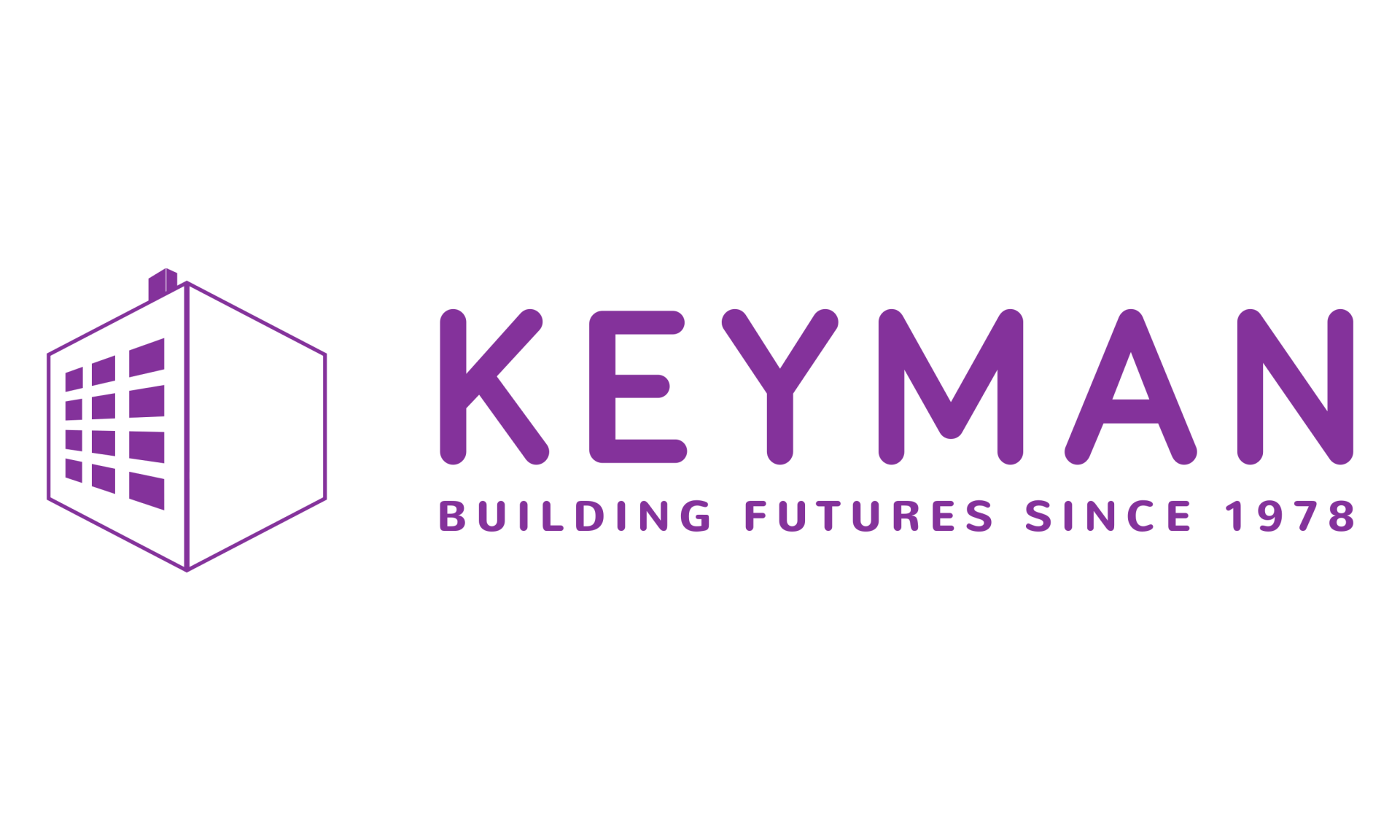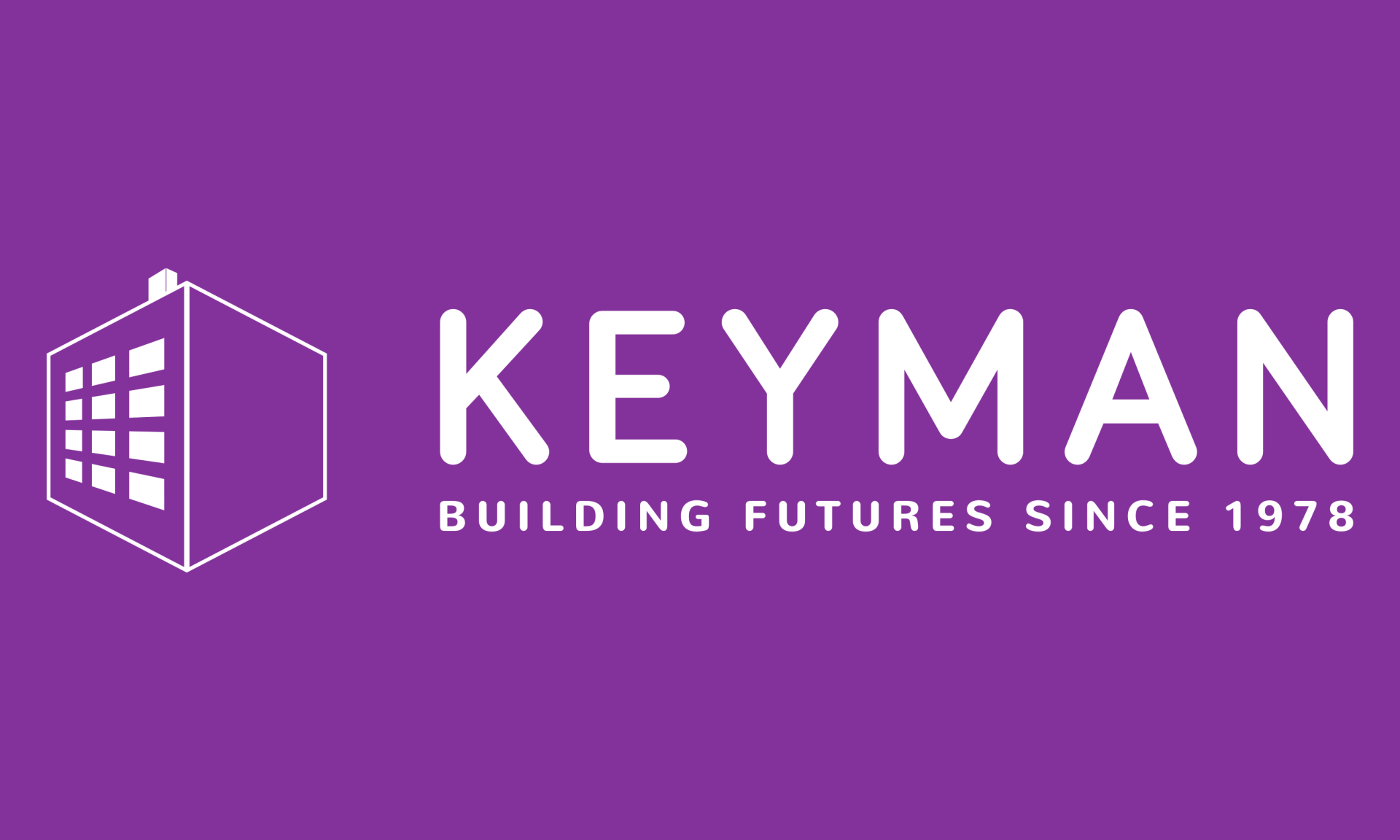
The Future of Modular Construction in the UK
Modular construction is steadily rising in popularity within the UK, heralding a new era of efficiency and cost-effectiveness in the construction industry. This innovative approach, which involves fabricating building components in a factory before assembling them on-site, offers numerous advantages over traditional construction methods.
The Rise of Modular Construction
The UK construction industry has long been plagued by inefficiencies, delays, and cost overruns. Modular construction addresses these issues by allowing for simultaneous site preparation and building fabrication, significantly reducing project timelines. According to a report by the UK Parliament, the modular construction market is expected to grow by 6.3% annually, reaching a value of £12 billion by 2025.
One notable example of this growth is the £2.5 billion modular housing scheme announced by Homes England, aimed at delivering 25,000 new homes by 2026. This ambitious project underscores the government's commitment to modernising the housing sector and addressing the national housing shortage.
Efficiency and Speed
Modular construction can reduce project timelines by up to 50%, a significant improvement over traditional methods. The Construction Industry Training Board (CITB) reports that modular projects typically achieve an 80% reduction in on-site labour, thanks to the precision and predictability of factory settings. This efficiency is particularly advantageous in urban areas where minimising disruption is crucial.
A case in point is the George Street development in Croydon, London, where two high-rise towers were completed 40% faster than if they had been built using conventional techniques. This project demonstrates how modular construction can deliver large-scale developments swiftly and with minimal disruption to the surrounding area.
Cost-Effectiveness
The cost savings associated with modular construction are also noteworthy. The CITB estimates that modular construction can reduce costs by up to 20% due to economies of scale and reduced waste. The controlled environment of a factory allows for better resource management and quality control, leading to fewer errors and less rework.
In a study conducted by the Modular Building Institute, 75% of developers reported lower costs and higher profitability when using modular construction. This cost-effectiveness is particularly appealing in a sector often beset by budget overruns and financial uncertainty.
Quality and Sustainability
The precision of factory fabrication ensures high-quality finishes and robust construction standards. Modules are built to withstand transportation and assembly, often exceeding the durability of traditionally constructed buildings. Moreover, the modular approach aligns with the UK’s sustainability goals. Off-site construction generates up to 90% less waste, and the controlled environment allows for better energy efficiency and material use.
Tim Hall, CEO of modular construction firm InHouse, highlights the sustainability benefits: "Modular construction not only speeds up the building process but also significantly reduces waste and carbon emissions. It's a win-win for the industry and the environment."
Future Prospects
As the UK grapples with a housing crisis and the need for more efficient building practices, modular construction offers a promising solution. The government's support, coupled with the industry's growing acceptance, points to a bright future for this construction method. The Construction Leadership Council's Roadmap to Recovery emphasises the role of modular construction in building back better post-COVID-19, with an emphasis on resilience and sustainability.
Conclusion
The future of modular construction in the UK looks promising, driven by its potential to revolutionise the construction industry with greater efficiency, cost-effectiveness, and sustainability. As the sector continues to evolve, modular construction is set to play a pivotal role in meeting the UK's housing needs and advancing the construction industry's overall progress.
By embracing this innovative approach, the UK can build faster, smarter, and more sustainably, paving the way for a more resilient and efficient construction sector.
Keyman Blog



